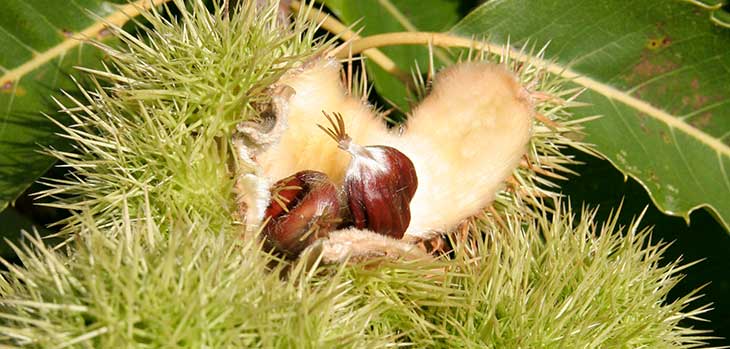An autumn walk with. . .
I was lucky enough to be working over the weekend and took a couple of walks around the arboretum to ‘see what I could see’ and get a feel for the progression of autumn colour.
It’s still early days and I’d expect it to be another week or two before we see the main wave of colour arrive. Having said that, there are lots of early colouring species standing out from the green crowd and an array of fruits and fungi to look out for. Here are a few highlights from my walk starting with an early morning picture in Maple Loop to give you a feel for the overall colour.
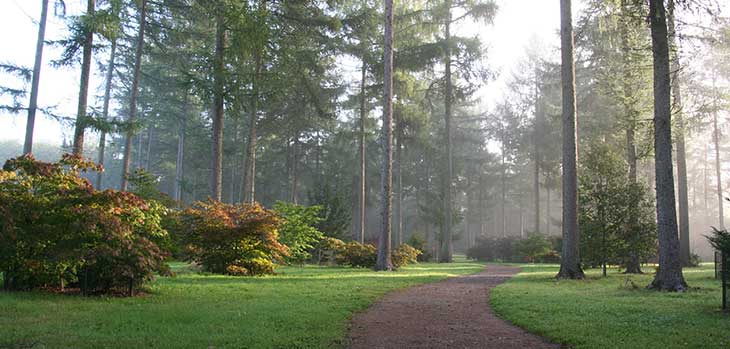
Not far inside Waste Gate close to the end of Palmer Ride, there’s a smallish tupelo (Nyssa sylvatica) that always colours early and this year is no exception. The autumn leaves of this American species always dislay a variety of colours.
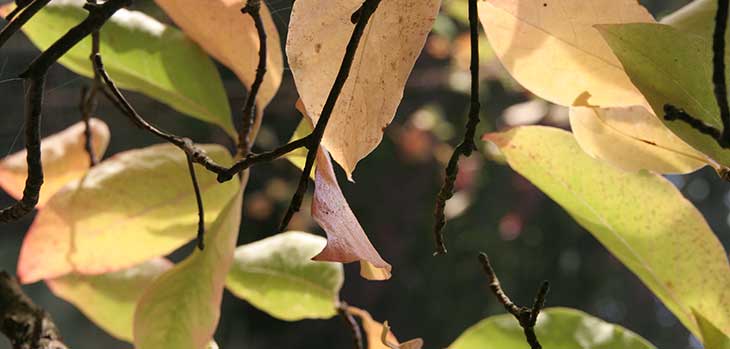
At the northern end of Savill Glade I noticed the abundant fruits of Dipteronia sinensis. This relative of the maples has a fringe (rather than a pair of wings) that runs right round the ‘nut’ to aid dispersal.
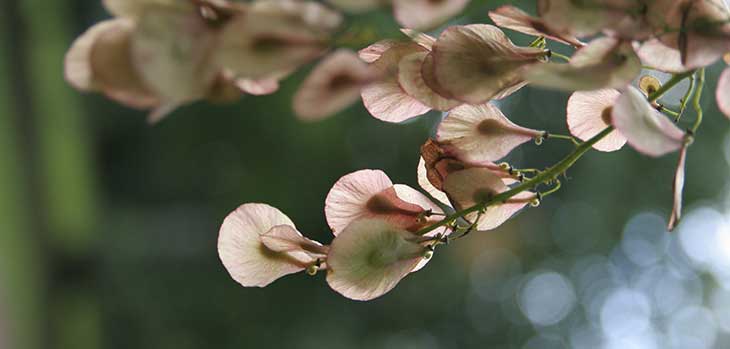
On an old oak tree I spotted a large beefsteak fungus. The name is apt not just for the appearance (red and moist like prime beef) but also the edibility of this prized species.
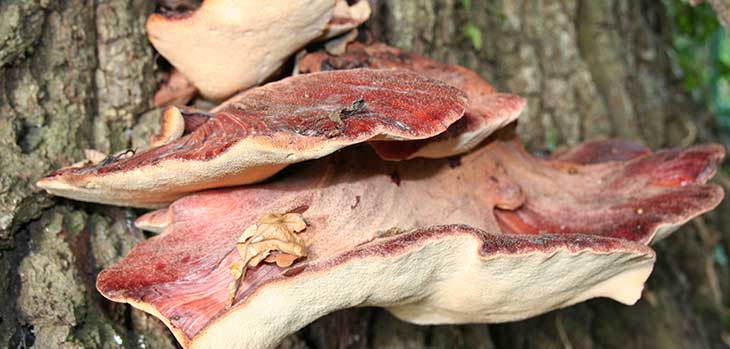
Also in the Old Arboretum I found a trio of Japanese species: Vitis coignetiae is an ornamental vine grown in many large gardens for its rich crimson turning leaves. I’ve seen it growing in the wild where it clambers over large trees and lights up the forest canopy in autumn. The rare snake-bark maple Acer morifolium is best known (not surprisingly) for its beautifully patterned bark but this tree close to Main Drive was putting on quite a leaf display. Zelkova serrata is known in Japan as keyaki but travels well and has become a popular street tree in many parts of the world. Its wood is highly prized for making furniture and the traditional Japanese taiko drums.
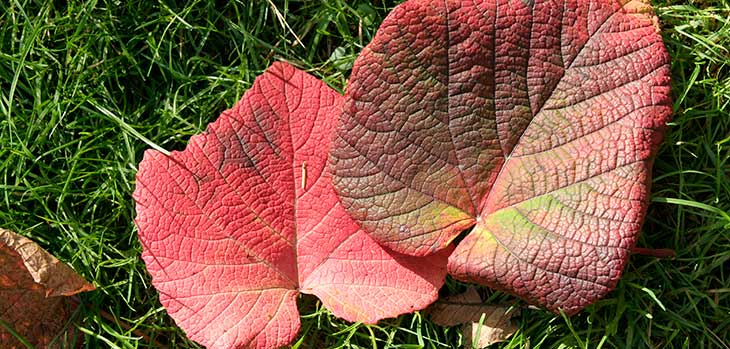
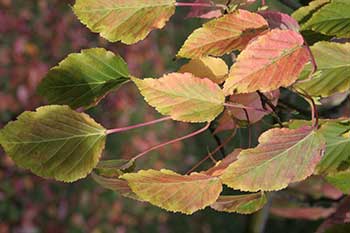
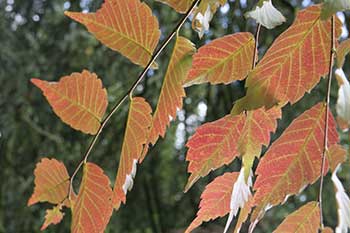
The fruits on the Japanese strawberry trees (Cornus kousa) are abundant this year and are just at the point of turning from pale green to red. They may be edible but don’t get excited as they’re not that tasty!
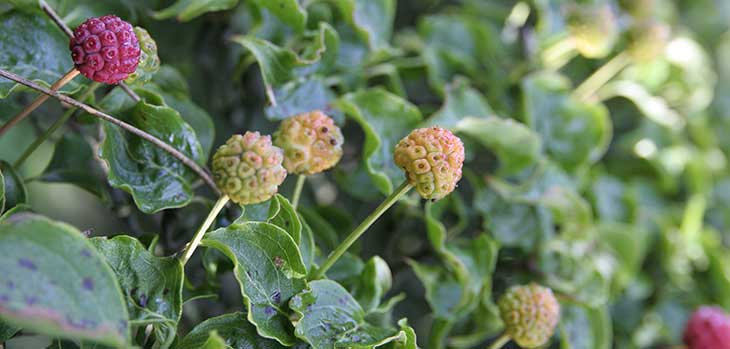
But finally, one fruit that is edible and really abundant this year is the sweet chestnut (Castanea sativa) and it just so happens that the magazine of the Friends of Westonbirt Arboretum contains a recipe for sweet chestnut cake on page 55!
